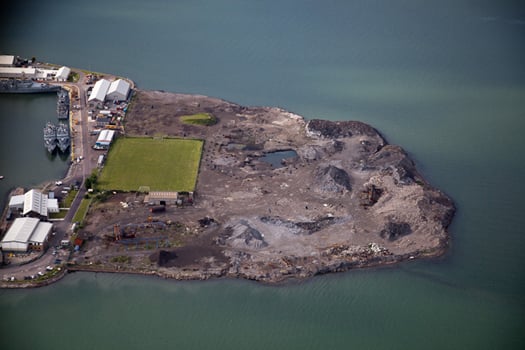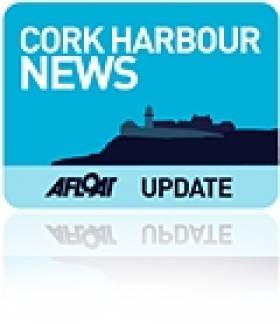Displaying items by tag: Chromium six
Hot site in Cork Harbour
Haulbowline island is making headlines because of cancer-causing residue, left over from the Irish Steel plant that once occupied the land. It has been confirmed that a cache of 500,000 tonnes of slag and toxic waste material were buried at the former steelworks. Now the Government has three months to start cleaning the toxic waste site in Haulbowline or risk court action by the European Commission.
The report, compiled in 2005 but, like the toxins, only seeping out later, shows high levels of several heavy metals at the plant, both in soil samples and water samples.

The site at Haulbowline. Photo: Bob Bateman
Chromium six, which causes cancer both by inhalation and by infecting groundwater, was revealed to be present in massive quantities at Haulbowline. The mineral is a highly toxic anti-corrosion agent used in the steel-making process, but which is gradually being phased out due to its toxicity.
The site is a blight on one of the finest natural harbours in the world, and home to one of the best regattas in the world. How can sailors make their views known on this subject? We'd like to hear your thoughts – [email protected]





























































